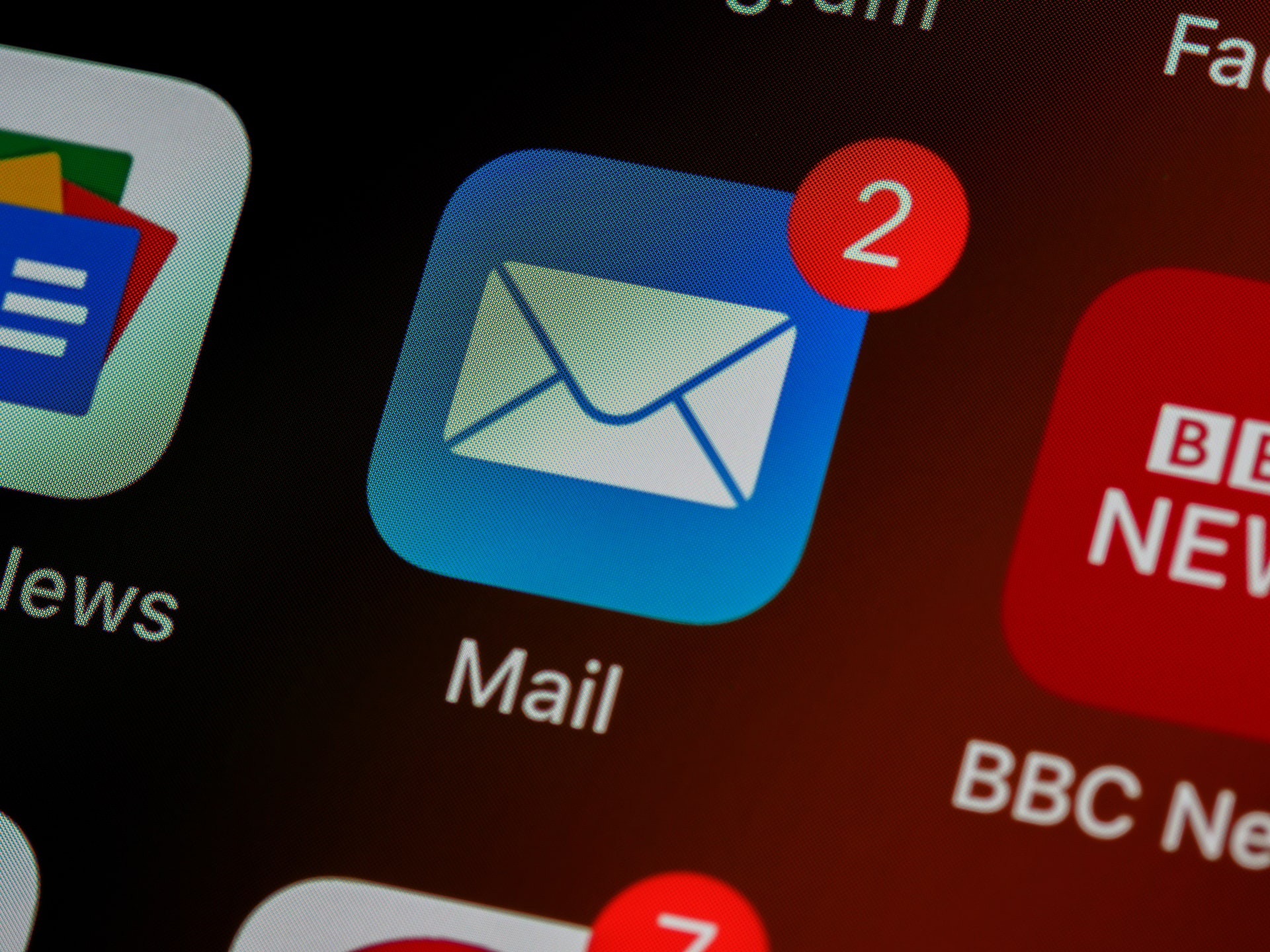
In the world of email, there are two main protocols that are used to access and manage email accounts: POP (Post Office Protocol) and IMAP (Internet Message Access Protocol). While both protocols serve the same basic purpose of allowing users to access their email accounts from various devices, there are significant differences between the two that can affect which protocol is best suited for a particular user’s needs.
The History of POP and IMAP
POP is the older of the two protocols, having been first introduced in 1984. At the time, email was still a relatively new technology, and POP was designed to allow users to download their email from a server and store it locally on their own device. This was a major breakthrough at the time, as it allowed users to access their email without needing to be connected to a network or server.
IMAP, on the other hand, was introduced in 1986, just two years after POP. However, IMAP was not widely adopted until many years later, as it was initially seen as more complex and less user-friendly than POP. IMAP was designed to address some of the limitations of POP, particularly the fact that POP only allows users to download their email and does not synchronize changes made on different devices.
The Pros and Cons of POP and IMAP
One of the main advantages of POP is that it allows users to store their email locally on their own device, which can be useful for users who are frequently in areas without internet connectivity. Additionally, POP is generally easier to set up and use than IMAP, as it does not require as much configuration.
However, there are also several drawbacks to using POP. For one, because email is only downloaded and not synchronized, changes made on one device (such as deleting or marking an email as read) will not be reflected on other devices. This can lead to confusion and frustration, especially for users who access their email from multiple devices. Additionally, if a user’s device is lost or stolen, all of their email data may be lost as well.
IMAP, on the other hand, is designed to synchronize changes made on different devices, so users can access the same up-to-date email from any device. Additionally, because email is stored on a server rather than locally on a device, there is no risk of data loss if a device is lost or stolen. Finally, IMAP also allows users to access other server-based features, such as shared calendars and contacts.
From a financial perspective, you tend to pay a per-user premium for IMAP services relative to POP accounts.
The Main Providers of IMAP Mail Services
While there are many email providers that support both POP and IMAP, the two main providers of IMAP mail services are Google Workspace and Microsoft 365 (formerly known as Office 365). Both of these services offer robust email solutions that are ideal for businesses and individuals who need reliable, secure email access from any device.
Google Workspace (formerly known as G Suite) is a cloud-based productivity suite that includes email, calendar, and other collaboration tools. Its email solution, Gmail, is one of the most popular email services in the world, with over 1.5 billion active users. Gmail is known for its powerful spam filters, intuitive user interface, and integration with other Google Workspace tools.
Microsoft 365 is another cloud-based productivity suite that includes email, calendar, and other collaboration tools. Its email solution, Outlook, is widely used by businesses and individuals around the world. Outlook is known for its robust feature set, including powerful search capabilities, customizable folders, and integration with other Microsoft 365 tools.
Upgrading from POP to IMAP
Short and strongly recommended answer: seek assistance with your local IT professional person or agency to manage this. Although doing this with remote assistance is possible, in-person support will be far more valuable.
Longer answer: First you need to signup for an IMAP service. If you already use Microsoft Outlook for your POP mail, then you’ll most likely want to go with Microsoft 365 for your new IMAP service. For most other people and businesses (Itomic included), Google Workspace is the way to go. Itomic is an official reseller of Google Workspace accounts, but it’s important to note that we do NOT provide in-person support for converting from POP to IMAP, Google Workspace or otherwise. We’re more than happy to setup the Google Workspare accounts for you, but you’ll need to DIY and/or find a local IT person to assist with any migration work.
Google Workspace pricing (in Australia dollars) is here: https://workspace.google.com/intl/en_au/pricing.html. The most economical plan is currently $8.40/month (the price of a very expensive coffee!), and then doubles for the next plan up. It’s quick and painless to upgrade if/when you need to.
There are tools and tricks to import your old POP email into your new IMAP account. But in our experience this is never a 100% perfect process, and we’re not comfortable recommending it. Instead, we recommend just leaving as-is your old POP software (e.g. Microsoft Outlook) as your legacy/archive repository of your historical communications, and start afresh with your new IMAP accounts. You’ll be amazed how quickly you stop needing to refer back to your old POP emails.
Conclusion
While both POP and IMAP have their pros and cons, in almost all scenarios, IMAP is the superior protocol. Its ability to synchronize changes made on different devices and its support for other server-based features make it ideal for users who need reliable, secure access to their email from any device.
p.s. It’s not entirely a 2-horse race between Google and Microsoft for IMAP services. Zoho Workspace is often mentioned as a worthy alternative. Here are a couple of articles to get you started:
https://lifehacker.com/these-g-suite-alternatives-are-cheaper-or-free-1849097965
https://bforbloggers.com/best-g-suite-alternatives/
—
Photo by Brett Jordan on Unsplash
Further reading:
https://www.howtogeek.com/197207/email-basics-pop3-is-outdated-please-switch-to-imap-today/
https://www.makeuseof.com/tag/pop-vs-imap/

